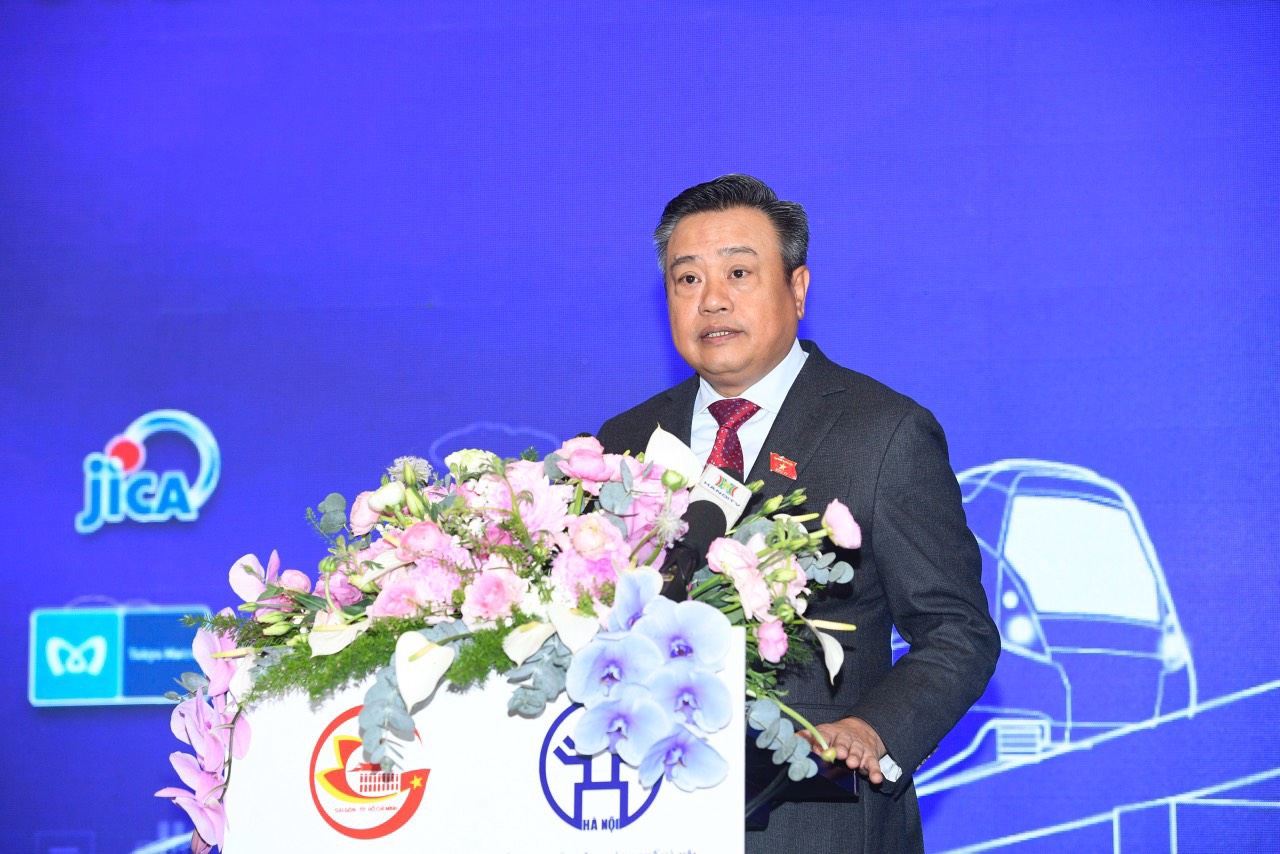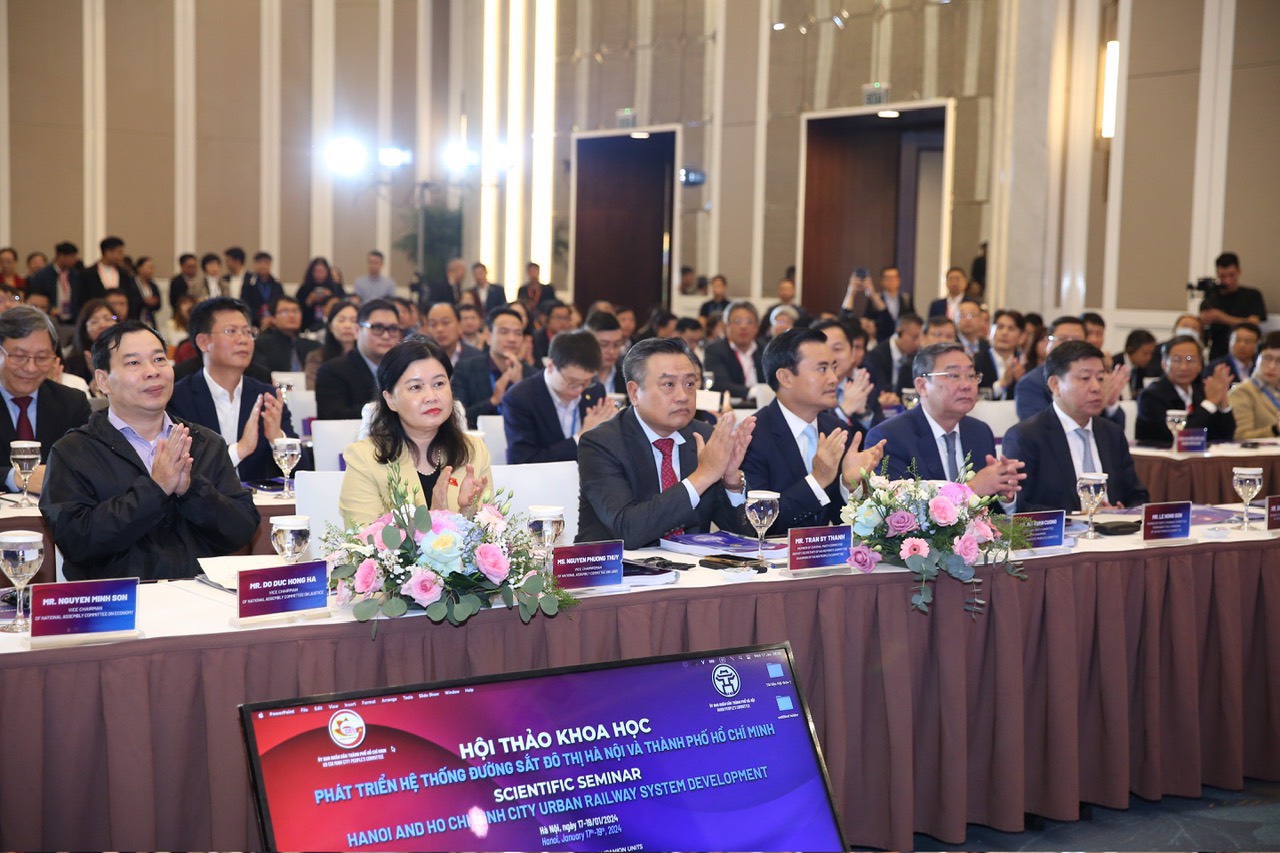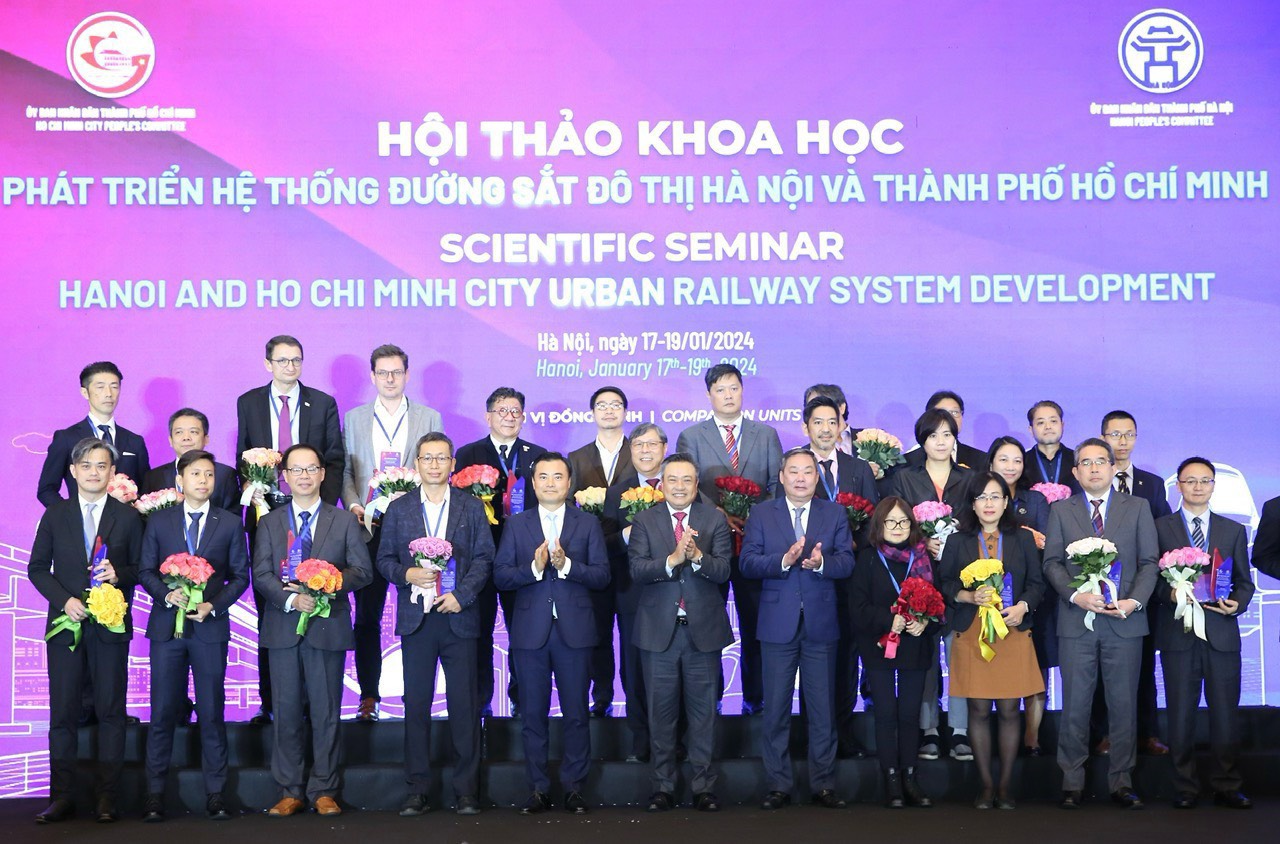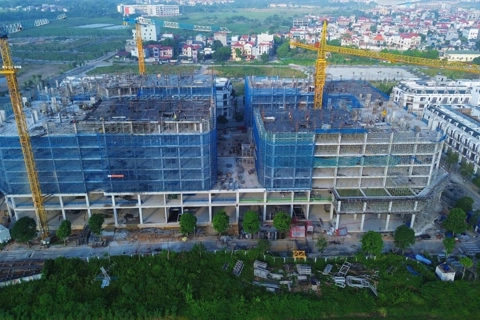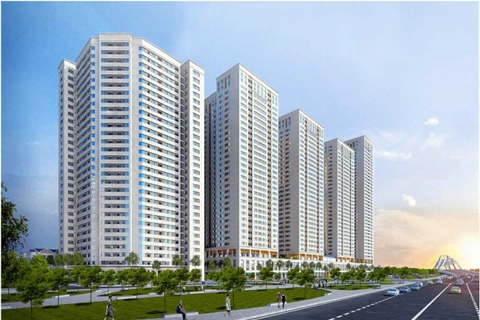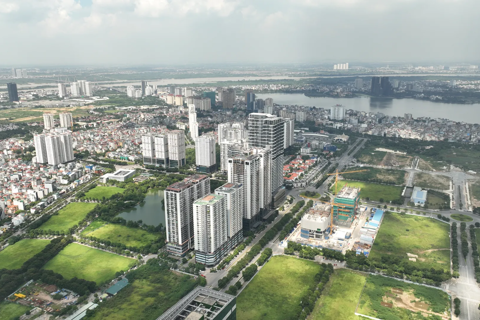TOD helps Hanoi make breakthroughs in promoting urban railway networks: Mayor
Early and effective investment in the urban railway system will increase the share of public passenger transport, reduce individual vehicle traffic, and positively impact socio-economic development.
The Transit-Oriented Development (TOD) model is anticipated to bring about significant advancements for Hanoi as it embarks on establishing urban railway networks in the city.
| Chairman of the Hanoi People's Committee Tran Sy Thanh speaks at the conference. Photos: The Hanoi Times |
Chairman of the Hanoi People’s Committee Tran Sy Thanh made the remarks at a scientific seminar on the development of the urban railway system in Hanoi and Ho Chi Minh City held today [January 17] in the capital city.
According to Thanh, Hanoi and Ho Chi Minh City are two special municipalities, the economic powerhouses of the country, playing pivotal roles in economic, cultural, scientific, and national security centers. Both cities are also the country's largest in population and area.
“With the ongoing development trend, public transport is becoming increasingly important, especially for large cities like Hanoi and Ho Chi Minh City. Among these, the urban railway system is considered the "backbone" of the transport infrastructure network,” he noted.
In this regard, Thanh suggested that early and effective investment in the urban railway system will increase the share of public passenger transport, reduce individual vehicle traffic, and thus have a positive impact on socio-economic development, reduce environmental pollution reduction, ease traffic congestion, and prevent traffic accidents.
| Delegates at the conference. |
He added that in recent times, both Hanoi and Ho Chi Minh City have been allocating resources to invest in urban railway projects. However, the implementation process faces numerous difficulties and challenges that require further research on solutions, refinement of mechanisms and policies, and learning from new experiences and methods to comprehensively and promptly develop the urban railway network to meet the needs and aspirations of the residents of both cities, Thanh stressed.
At the conference, World Bank Transport Program Coordinator Shige Sakaki said the development of urban areas towards TOD is defined as an urban development model centered around public transport, enhancing accessibility and convenience for residents to reach transit hubs and urban railway stations.
This, in turn, reduces the need for personal vehicles, encourages the use of public transport, and creates sustainable, environmentally friendly urban areas, he said.
The TOD model also helps the city extract value from the land surrounding transit hubs, creating a revenue stream for reinvestment in other infrastructure projects.
To achieve this, TOD needs to focus on urban density, where community activities ensure a 5-10-minute walk from public transport points, he said.
In the current context, Vietnam needs a resolution or a common direction regarding TOD to guide policies and establish frameworks, involving the participation of multiple ministries and sectors. The government should also enact laws that define TOD as a fundamental policy direction, and serve as a foundation for the implementation of regulations, decrees, and guidelines for tools to enable TOD deployment and mechanisms for generating revenue from land, including adjustments to land regulations or public-private partnership (PPP) laws, Sasaki suggested.
In Vietnam, the proliferation of cars and motorcycles preceded the development of trains, making it imperative to introduce a new lifestyle that encourages citizens to embrace railway transport, he said.
| Hanoi leaders and speakers at the conference. |
Exploring pilot routes using the TOD approach
Sharing Shige’s view, Associate Professor Vu Minh Khuong from the Lee Kuan Yew School of Public Policy at the National University of Singapore suggested “the benefits are immense” if the urban railway is developed robustly with a TOD approach.
“There are significant economic and social losses if the development of urban railway systems is not prioritized, he said, noting it is particularly significant as Asian countries are making rapid progress in the development of urban railways.
He cited Forbes' calculations that estimated the annual cost of traffic congestion at US$11 billion for New York, $8.2 billion for Los Angeles, and $7.6 billion for Chicago.
For Hanoi and Ho Chi Minh City, these losses are estimated to be at least $2-3 billion each, considering the size of their populations and existing transport infrastructure, Khuong said.
In response, he highlighted the potential of the TOD model to enhance efficiency and sustainability in Hanoi's urban development by effectively mitigating the need for extensive and passive city expansion.
He emphasized that adopting the TOD model not only reduces infrastructure investment costs, particularly for roads, utilities, drainage, and future land release, but also boosts demand, efficiency, and revenue for public transport.
Beyond the obvious benefits of alleviating traffic congestion and air pollution, Khuong underscored a significant advantage of the TOD model in enhancing social productivity. By lowering daily commuting costs for citizens, this approach could lead to increased employment opportunities, higher real estate values, improved urban landscapes, and greater efficiency in retail and service industries, facilitated by the development of service centers around transit stations, Khuong added.
In the short term, Khuong suggests that Hanoi could explore initiating 1-2 pilot lines to implement the TOD approach. This should take into account factors such as high feasibility, potential impact, low land procurement costs, and attractiveness to investors.
In the long term, he called for greater investment in the development of human resources, supporting industries, and project management expertise.
“Central agencies should mobilize the most talented workforce to advise and support the two cities so that Vietnam can make significant strides in the development of urban railway systems in the coming years,” he said.

